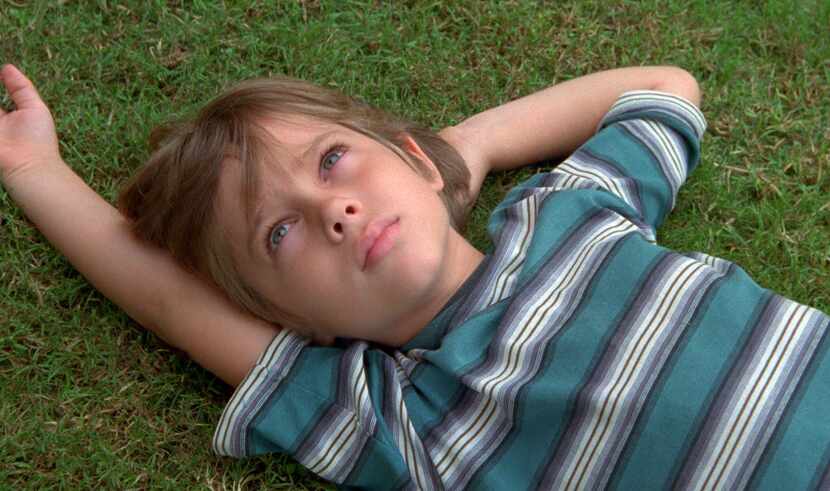Film has become an increasingly polarized industry, with a great divide occurring between the independent film studios and the big budget studio films. While films like Avengers: Age of Ultron and Jurassic World dominate the box office and audience scores, they draw critical skepticism from industry veterans and critics. Similarly, critics and award voters praise indie films like Birdman or Boyhood, but these films have trouble making profits and succeeding among the average audience.
However, the art of film doesn't have to be a divisive one. Though the budgets and audience response may vary, all films share the same techniques of directing, writing, acting and editing, and require passion to succeed. The conflict between indies and blockbusters is an unnecessary one, as each film has the same potential to be great and shares a similar process of production and distribution.
The major issue with the division of films is their marketing. While blockbusters are largely marketed off of their action sequences, high profile actors and status in a franchise, indies are largely based off of critical reaction and the creative team. An easier way to intermix cinema marketing is to focus on what really makes a film great: the story and characters. By tightening up the trailers and basing it on the creativity behind a film, indies and blockbusters aren't divided in the primary way that they're displayed.
There are also enough strong ties within the industry itself between these types of films. Popular actors like Michael Fassbender or Ben Affleck and even directors like Jon Faverau or Christopher Nolan bounce back between handling big and small budgeted films. The recognizable name or face of an acclaimed director or actor can draw audiences to films that they wouldn't normally check out.

As a side effect of the stark contrast between films, blockbusters are generally and unfairly associated with the cliche of being "mindless, popcorn entertainment." However, it's been proven that many blockbuster films avoid that stereotype; last year's Captain America: The Winter Soldier was a throwback to '70s espionage thrillers with a strong political agenda regarding privacy, and Dawn of the Planet of the Apes proved to be an interesting dissection of social classes. While there are certainly blockbusters that are short on quality (Transformers, Jupiter Ascending), a fair amount of the genre is much more clever than their given credit.
Another symptom of this disunion is the dismissal of many smaller budget films as "too cerebral" for the average audience. This is a great disservice to many casual audience members that unfairly shut out a majority of indie movies and are missing out on great films. An extremely small-budgeted film like Richard Linklater's Boyhood is a universal story that anyone can relate to, while films like Inside Llewyn Davis and Me and Earl and the Dying Girl are approachable by anyone interested or passionate about a form of art. While an average audience member might not be interested in a highly cerebral and complex film like Birdman, there's a vast majority of indie films that are being overlooked.
There's a great diversity in which films are constructed, be it their budgets, actors, directors or studios. 2015 has many upcoming exciting films, be it the blockbusters of Star Wars: Episode VII - The Force Awakens and Spectre or smaller films like The Hateful Eight or The Revenant. It's the universal qualities of story and characters that distinguish a film, not the studio or style.


/cloudfront-us-east-1.images.arcpublishing.com/dmn/D4FJ726DTR6SREKVO4SCKYKNEE.jpg)
/cloudfront-us-east-1.images.arcpublishing.com/dmn/VVGIMAHWGFF2BPST7A36S4AYJY.jpg)
/cloudfront-us-east-1.images.arcpublishing.com/dmn/OM2IDS6SQBE33ADVQBOHVMSWBE.jpg)
/cloudfront-us-east-1.images.arcpublishing.com/dmn/YH4SVORUYHKSJ64K6VBOV7FDIU.jpg)
/cloudfront-us-east-1.images.arcpublishing.com/dmn/5AJVFJU2ORBDTFBQSTEZQXAH4E.jpg)